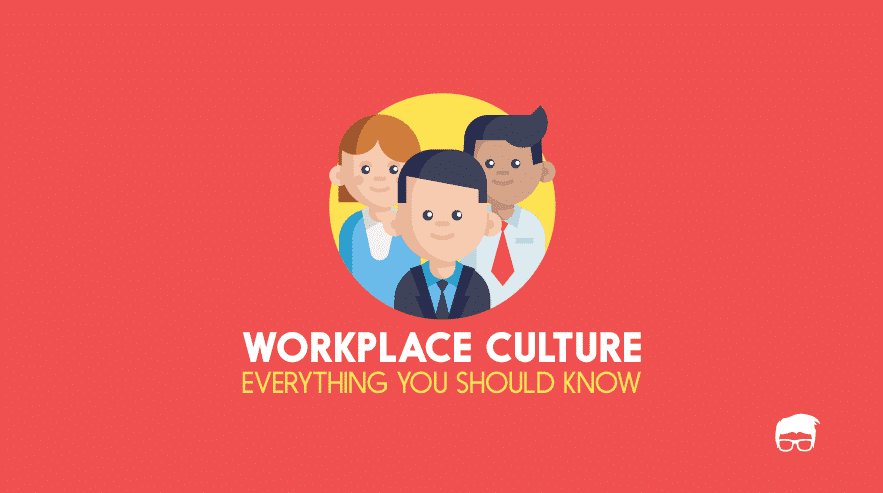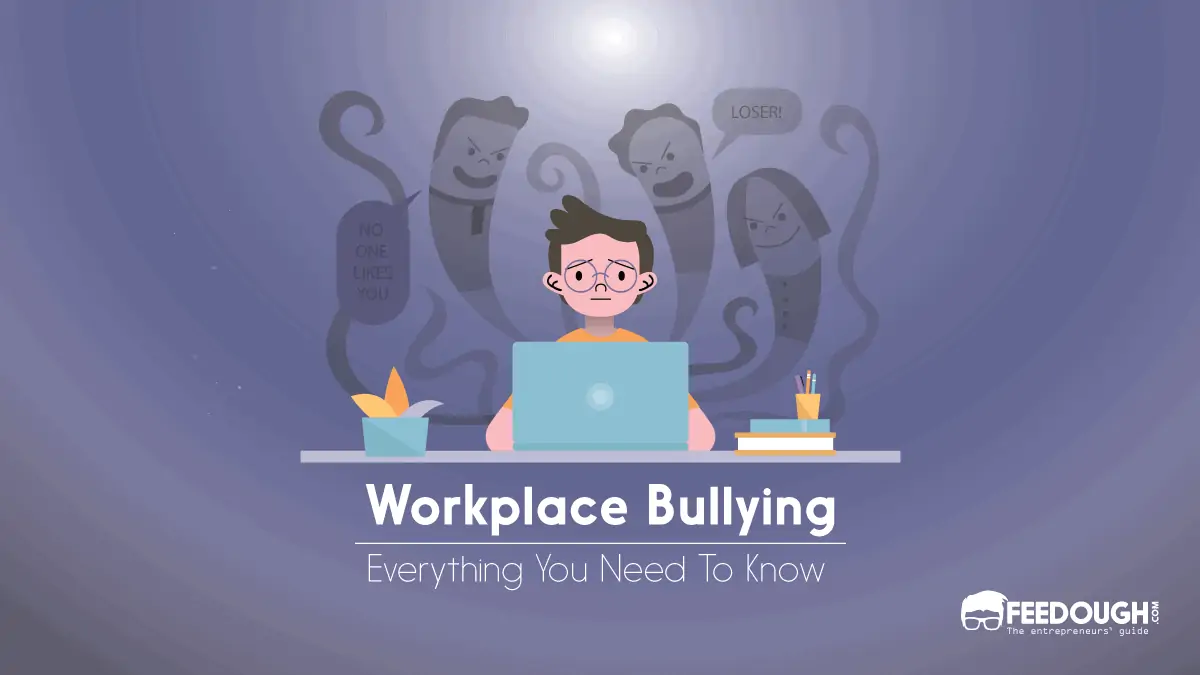We’ve all been there, leaving a meeting having no idea what to do next. And you might have thought you were the only one.
Surprisingly enough, statistics show that 57% of employees report not being given clear directions and 69% of managers report feeling uncomfortable communicating with the employees in general.
These statistics indicate the need to improve communication in the workplace.
But before we go any further, let’s answer the basic question – what is workplace communication?
What Is Workplace Communication?
Exchanging information and ideas, both verbal and non-verbal between one person/group and another person/group within an organization is called workplace communication. It includes e-mails, text messages, notes, calls, etc. Effective communication is critical in getting the job done, as well as building a sense of trust and increasing the productivity of employees.
Advantages Of A Good Workplace Communication
- Teamwork: Isn’t it a well-known fact that good teamwork is proportional to good productivity, responsibility and integrity? And what do you think is the key factor for a good team? That’s right, it is good communication. Effective workplace communication helps employees to form efficient teams.
- Employee job satisfaction: Employees feel more valued when they can have upward communication. This type of communication is when information flows upward where bosses or managers listen to their employees and respond with a feedback. Examples include annual reports, research reports, budgetary reports, or when employees submit their suggestions. Employees also feel important when there is downward communication which is information flowing from superiors to employees. An example is when an organization’s mission and strategies are explained to the employees.
- Positive effect on absenteeism and turnover rates: Communication is important for the employees as it is necessary for the workers to feel they are receiving truthful and updated information from their superiors. Studies have shown that companies with excellent communication are able to retain their surviving employees even after a layoff (a temporary or permanent discharge of a worker or workers).
- Entering global marketplaces: Companies that provide workers with an opportunity to excel in their verbal and non-verbal communication skills find it easier to enter global marketplaces than companies who do not do the same. For example, Nike has been able to evolve its global presence through carefully selecting international sponsorships. Learning the etiquettes of your international colleagues and adapting the work environment to fit cultural differences is important in fostering such relationships.
However, only 5.9% of companies communicate goals daily. And as little as 14% of companies have employees who understand the company strategy, goals and direction.
Barriers To Effective Workplace Communication
There are barriers that can prevent effective communication from taking place. Communication barriers in the workplace can lead to a decrease in productivity, low staff morale, and below average customer service.
A few of the common barriers and ways to overcome them include:
Physical barriers
It is interesting to note that while you design a workspace where the employees are placed remotely from each other to facilitate privacy, it has a considerable impact on workplace communication.
This problem can be overcome by designing a teamwork-oriented workspace or by using video conferencing, and webcams to eliminate this barrier. Employees should ideally be placed in an environment where they can be more engaged with each other and not have irregular conversations.
For example, Twitter employees consider themselves fortunate as they have rooftop meetings, friendly co-workers and a team-oriented environment.
Decreasing transparency
Transparency is a common problem in large organizations as it is difficult for an average employee to be in contact with senior management.
This is quite often managed by making internal communication tools available such as Interact Forums as used by the telecommunications company, Cable and Wireless.
Language Barriers
One language barrier occurs with technical terminology that is present in any organization. For instance, the engineering department might use technical terms for product materials that the marketing department will be having no clue about. Similarly, the marketing department will have acronyms such as P.D.C and P.D.L (Product Development Cycle and Product Development Line)
This issue can be overcome by using a cheat sheet put together by each department with explanations for each abbreviation.
The next language barrier occurs due to the difference in languages spoken by the employees. Although English is the international language of business, not every employee is proficient in it.
In this case, according to Ed Rosheim, Owner and President of Workplace Languages, managers need to do their part to close the communication gap with their employees who have limited English proficiency. For example, employers can organize training sessions to help employees to communicate more effectively in English.
Psychological Barriers
Boredom, a negative attitude at work, lack of confidence, and stress can influence an employee’s receptiveness to a message.
For example, a salesperson might be inattentive in a meeting due to his failure in meeting his target while other attendees might as well be concentrating on meeting deadlines and other ongoing tasks rather than listening to the speaker.
To add to the point, lacking confidence is another great communication barrier due to shyness, awkwardness, discomfort and so on. It not only affects the overall collaboration of company, but it can also avert employees from asking for their rights and giving opinions.
Managing stress can help to promote effective communication along with maintaining a positive attitude at work.
Communication barriers tend to increase if you don’t pay attention to them and so identifying and overcoming these barriers at the earliest is important to improve working conditions and productivity.
To get started, companies should have an open communications policy. In addition, organize business communication training workshops and training sessions that can build stronger relationships with your team.
Go On, Tell Us What You Think!
Did we miss something? Come on! Tell us what you think of our article on workplace communication in the comments section.
Started off as a pilot but took the road of entrepreneurship. Ask me anything about the changing trends and the startup ecosystem.









